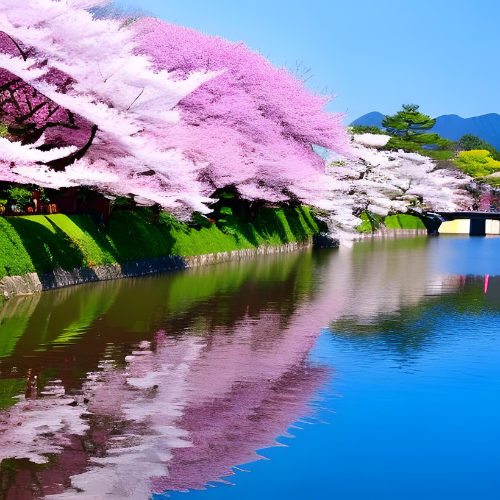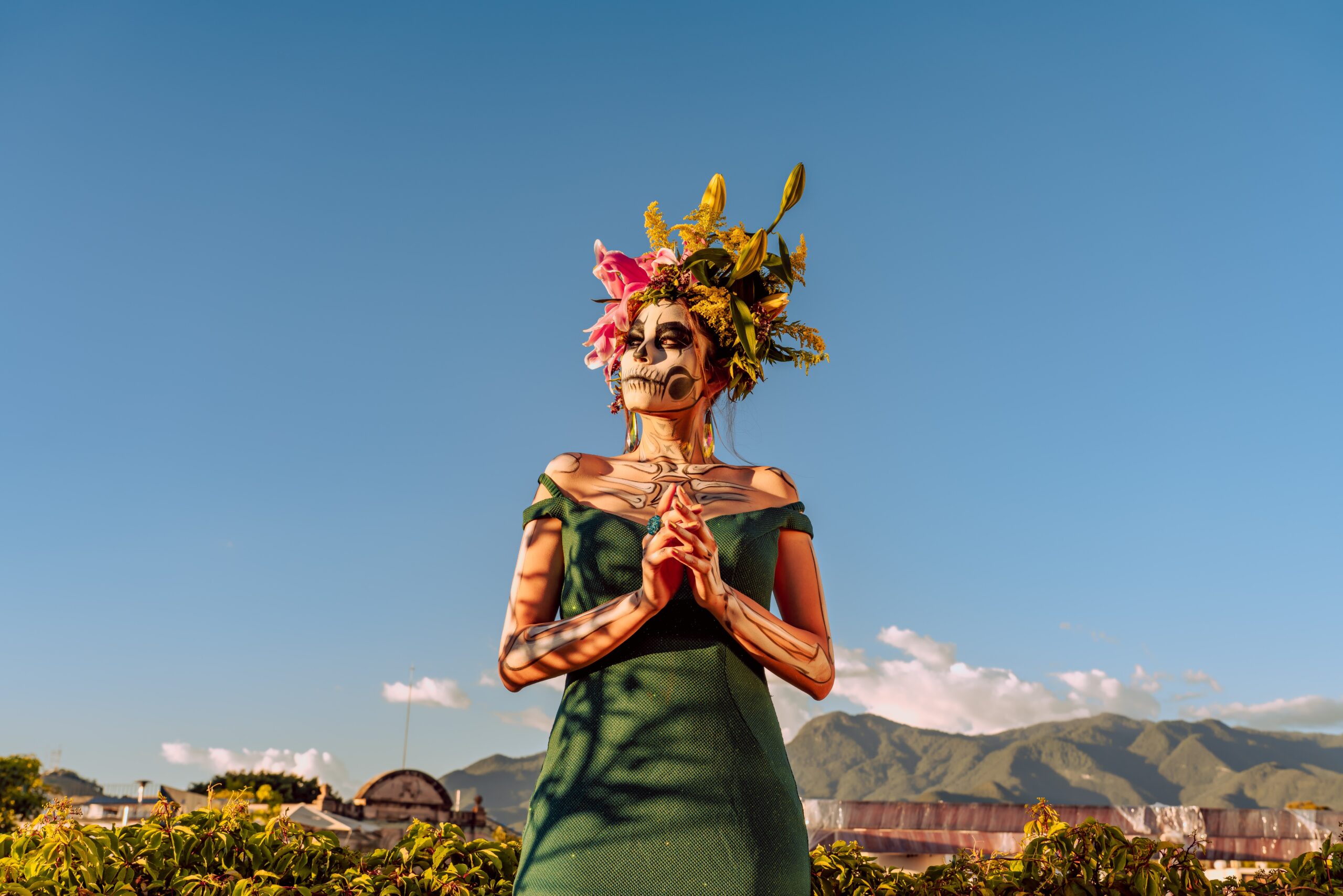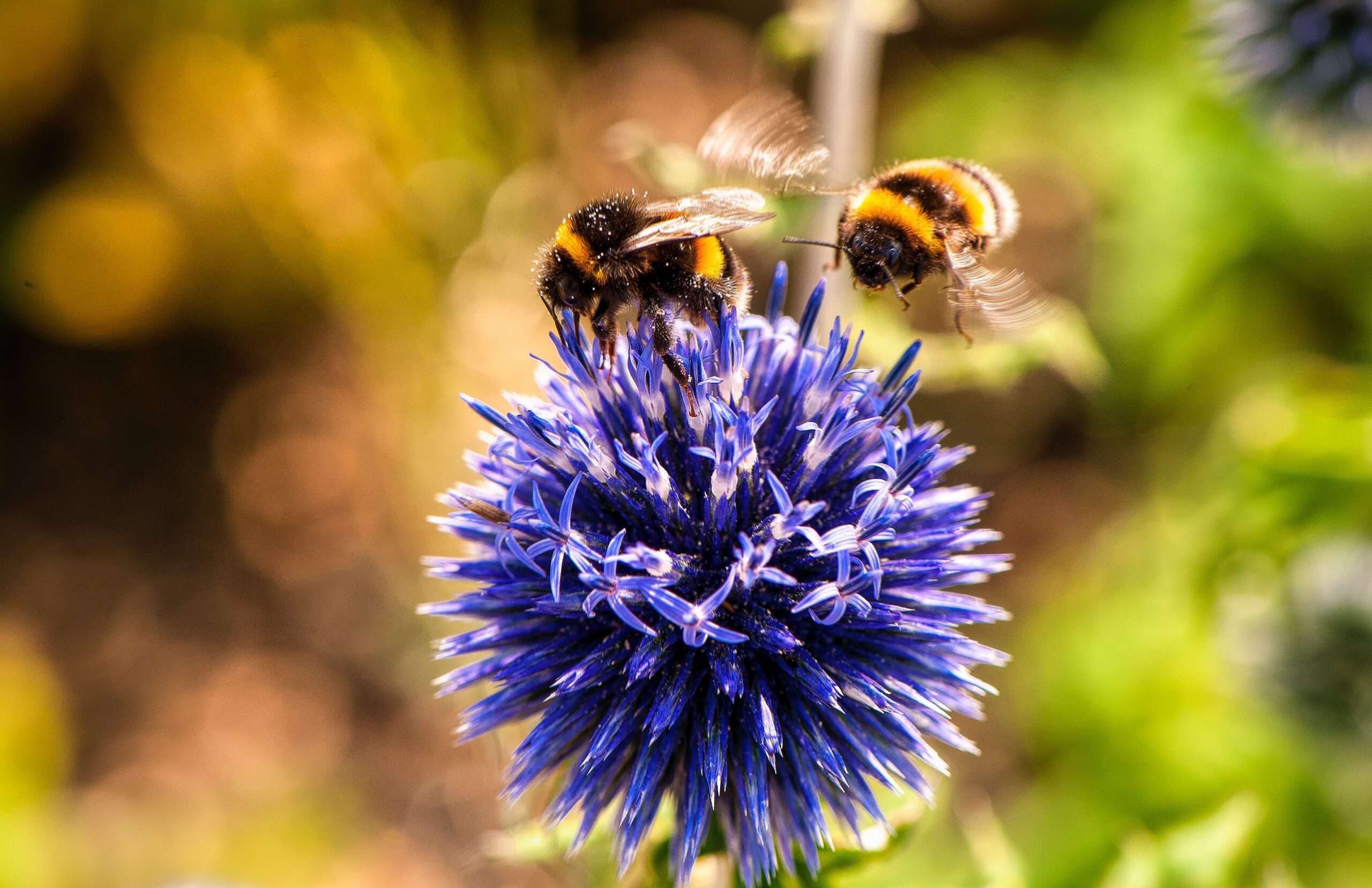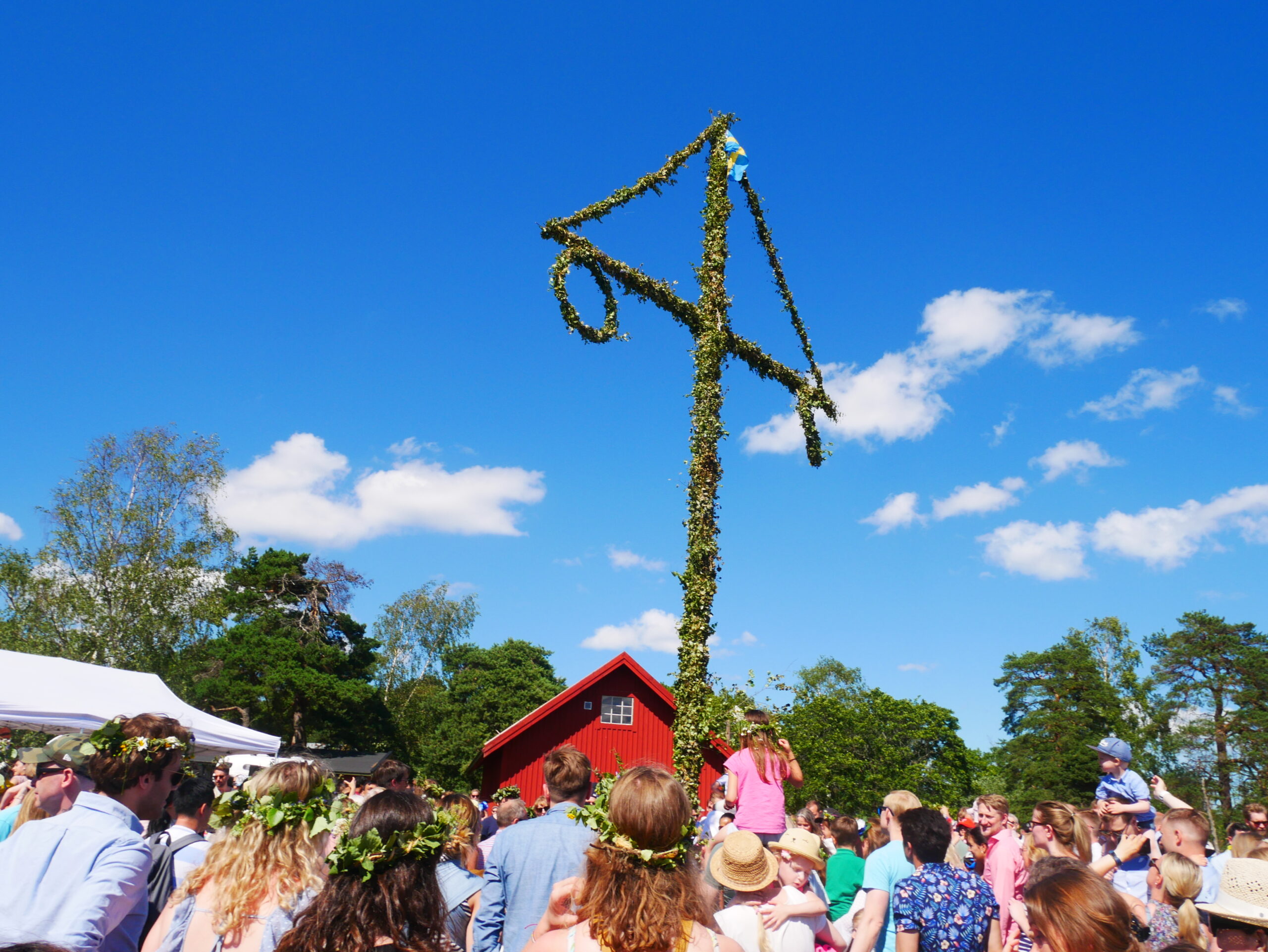Flower festivals hold a prominent place in the hearts and cultures of people across the globe, with their bursts of color and enchanting fragrances. They are symbolic representations of beauty, growth, and transformation, resonating deeply with human emotions. But beyond these sensory delights, there lies an even deeper, more profound connection between these floral spectacles and another vital aspect of human life – religion.
Throughout history, societies across the globe have interwoven religious beliefs and practices with the cyclical patterns of nature. Floral celebrations have grown organically from this interconnection, allowing people to mark significant religious milestones and express their faith in a vibrant, living way. Our journey through this ‘Blossoming Faith’ will explore the beautiful and nuanced relationships between flower festivals and religious significance, unearthing how they influence and enrich each other.
The Significance of Cherry Blossom Festivals in Shintoism (Japan)
In Japan, the blooming of cherry blossoms or Sakura, is an event that stops a nation. Every year, from late March to early April, these delicate, pink flowers bloom and cover the country in a blanket of ethereal beauty. But what does this highly anticipated occurrence mean to the Japanese people, particularly in the context of Shintoism?
Shintoism, the indigenous faith of the Japanese people, has a deeply ingrained appreciation for nature. Every tree, river, mountain, and yes, flower, is believed to be the home of Kami – spirits or gods. Cherry blossom trees, with their ethereal beauty and fleeting lifespan, are seen as significant manifestations of Kami. They symbolize the transient nature of life, a central theme in Shinto philosophy, and are revered and celebrated.
During Hanami, the cherry blossom festival, families gather under the blossoming trees to appreciate their beauty, enjoy food and drinks, and share a moment of unity with nature and each other. Shinto rituals are often conducted, including the Yama-age, where offerings are made to the mountain deities to ensure a good harvest. Such celebrations offer a chance to reflect on the impermanence of life, a core teaching of Shinto, imparted through the ephemeral beauty of cherry blossoms.
From a religious perspective, the cherry blossom festival and Shinto beliefs are so interconnected that they have essentially become inseparable. The flowering of the Sakura is not just a natural event; it’s a spiritual experience, a time for introspection and communion with the divine in nature.
Lotus Festival and Buddhism (Asia)
The Lotus flower holds a special place in the hearts of Buddhists around the world. The journey of this aquatic plant from muddy waters to a beautiful, unsullied flower is seen as a metaphor for the path to enlightenment.
In Buddhist literature and art, the Buddha is often depicted seated or standing on a lotus flower. It symbolizes the triumph of purity and wisdom over ignorance and desire, much like the lotus rising immaculately from the murky pond. This symbolism is deeply entrenched in Buddhist religious philosophy and is celebrated during Lotus festivals in many Asian countries.
In Vietnam, for example, the Lotus Festival is a time of joy and spiritual reflection. Temples are adorned with lotus flowers, and monks give sermons about the importance of spiritual growth, using the journey of the lotus as a poignant metaphor. Meanwhile, in India, the Pushkar Camel Fair, also known as the Lotus Fair, celebrates the creation of the Universe by Lord Brahma, who is believed to have dropped a lotus flower to the ground, causing a lake to appear.
Through these festivals, the lotus flower becomes more than just a symbol; it is an active participant in religious rites, meditations, and celebrations. The journey of the lotus flower mirrors the journey of each adherent, reinforcing the central teachings of Buddhism about the potential for enlightenment in every sentient being.
The Role of Marigolds in Dia de Los Muertos (Mexico)
In Mexico, there is an awe-inspiring tradition called Dia de Los Muertos, or Day of the Dead, where families honor and remember their loved ones who have passed on. Marigolds, known as “cempasuchil” or flower of the dead, play an integral role in this celebration.
The belief is that the vibrant color and powerful scent of these flowers can guide the spirits of the deceased back to the world of the living. During the festival, marigolds are used to decorate altars and gravesites, and petals are scattered to create a path for the spirits to follow. This practice is deeply rooted in Aztec traditions and Catholicism, which have intermingled over the centuries to form the basis of the festival as it’s celebrated today.
The marigold symbolizes the fragility of life in the face of death, a poignant reminder of the human condition. It is also seen as a token of love, a way for the living to reach out and touch the spirits of their loved ones. By incorporating marigolds into Dia de Los Muertos, Mexicans give physical form to these profound religious and philosophical concepts, making them a tangible part of the celebration.
Tulip Festival and Islam (Turkey)
In Turkey, the tulip has been a beloved symbol since the Ottoman Empire, representing God in Islamic culture. The word “tulip” is thought to resemble the word “Allah” in Arabic script, and the flower’s shape is said to resemble a prayer cap worn by Muslim men.
Every April, Istanbul hosts the annual Tulip Festival, where millions of tulips are planted in public spaces, parks, and gardens, creating a riot of color. While it’s mainly seen as a cultural event today, its origins are intertwined with religious significance. The festival is a revival of the tulip era in the Ottoman Empire when sultans would organize extravagant tulip parties each spring.
During these festivals, the tulip’s representation of God is not forgotten. People come together to celebrate the arrival of spring, the beauty of nature, and the divine blessing these flowers represent. The tulip’s religious symbolism in Islamic culture has, in a way, been immortalized through this annual festival, allowing the tradition and its underlying meaning to be passed down through generations.
The Daffodil Festival and Christianity (UK and USA)
The daffodil, with its bright yellow color and cheerful appearance, has long been associated with Easter in the Christian tradition. The flower’s emergence in spring coincides with Easter, a festival that celebrates the resurrection of Jesus Christ, signifying new life and hope.
In many parts of the UK and the US, Daffodil Festivals are held during the Easter season. Daffodils adorn churches and homes, and daffodil parades and shows are organized. While it is a celebration of the arrival of spring, the festival carries a deep religious significance.
Daffodils symbolize the resurrection, rebirth, and eternal life in Christianity. The flowers die in winter and then return in spring, mirroring the resurrection of Christ. Through the Daffodil Festival, the powerful Christian themes of renewal, rebirth, and eternal life are celebrated and reinforced. This annual floral celebration serves as a vibrant reminder of the miracle of Easter, making the teachings of Christianity more relatable and understandable.
The Poinsettia and Christmas (Worldwide)
Although not a flower festival per se, Christmas celebrations worldwide would be incomplete without mentioning the role of the Poinsettia. The red and green Poinsettia plant, native to Mexico, has become a symbolic fixture of the Christmas season across many countries.
The legend behind Poinsettia’s association with Christmas involves a poor Mexican girl who couldn’t afford a gift for Jesus’s birthday. An angel instructed her to gather weeds, and when she placed them at the church altar, they blossomed into bright red Poinsettias. The plant’s star-shaped leaf pattern is also said to symbolize the Star of Bethlehem that led the Wise Men to Jesus.
Today, Poinsettias adorn homes, churches, and public spaces during Christmas, lending their vibrant hues to the festive atmosphere. They serve as a reminder of the humble birth of Jesus and the miracles associated with his life, emphasizing the Christian values of faith, giving, and miracles. In a sense, the widespread use of Poinsettias during Christmas has turned the entire holiday season into a sort of flower festival, intertwining floral symbolism with religious celebration.
Bathukamma Festival and Hinduism (India)
In the southern Indian state of Telangana, the Bathukamma Festival is a unique floral festival dedicated to Goddess Gauri, a form of Parvati, the consort of Lord Shiva in Hindu mythology. Bathukamma, meaning ‘Mother Goddess come alive,’ is celebrated by making floral stacks or ‘bathukammas’ from seasonal flowers. The main flower used is the ‘Tangedu,’ along with other flowers like ‘Gunugu,’ ‘Banti,’ ‘Chamanthi,’ and ‘Gummadi.’
These flowers are arranged in seven concentric layers in the shape of a temple ‘gopuram’ or tower. Women dress in their finest, sing and dance around the bathukammas, and finally set them afloat in rivers or lakes. The festival, lasting nine days, is a community event, that encourages unity and brotherhood.
The Bathukamma Festival is an expression of devotion and a plea for health and prosperity, demonstrating the integral role of nature in Hindu worship. The use of different flowers, each with its own significance, embodies the diversity and complexity of the Hindu faith. Through this festival, women engage directly with their religion, using flowers as a medium of their devotion.
Madeira Flower Festival and Christianity (Portugal)
On the island of Madeira in Portugal, the annual Flower Festival is a sight to behold. Held in spring, the festival coincides with the celebration of the Holy Trinity, a key concept in Christianity, linking the festival with religious significance.
The highlight of the festival is the Flower Parade, where hundreds of dancers accompanied by huge floral floats march down the streets of Funchal, Madeira’s capital. Another key event is the Wall of Hope ceremony, where children place flowers on a wall to symbolize their hope for a peaceful world.
The festival is a tribute to the island’s unique floral species, but also an opportunity for locals to express their faith. The abundance of flowers is seen as a blessing from the Holy Trinity and a sign of divine favor. Through this festival, Madeirans celebrate the beauty of nature and their religious beliefs, showing how deeply intertwined these aspects of life are.
Floriade and Christianity (Australia)
Floriade, Australia’s biggest flower festival, is a month-long celebration held in Canberra every spring. The festival, which began in 1988 as a one-off celebration of Australia’s bicentenary and Canberra’s 75th anniversary, has since evolved into an annual event drawing tourists from around the globe.
At its core, Floriade is a celebration of spring and the reawakening of nature, which aligns closely with Easter and its associated Christian beliefs. Even though the festival is not explicitly religious, the symbolic parallels between Floriade’s celebration of new life and the resurrection of Jesus Christ are undeniable.
The festival’s main attractions are the themed flower displays featuring more than a million blooms. They often represent different aspects of Australian culture, history, and occasionally, biblical themes. Floriade serves as a vibrant platform to contemplate and appreciate the miracle of life, renewal, and resurrection – central themes in Christianity.
Lily Festival and Buddhism (Japan)
In Japan, the lily has significant religious and cultural symbolism. The flower, especially the white lily, is a symbol of purity and is often associated with Buddhism. The Lily Festival or “Yuri Matsuri” takes place in various parts of Japan during the summer, particularly in areas where lilies are extensively grown.
One of the most notable lily festivals takes place in the Zuisen-ji Temple in Nikko, where thousands of lilies bloom in the temple garden. According to Buddhist belief, lilies, particularly white ones, symbolize the purity of Buddha. Moreover, the lily’s serene beauty is considered an expression of the peaceful state of Nirvana.
During the festival, visitors come to admire the fields of blooming lilies, partake in temple rituals, and pay homage to the Buddha. The sight of lilies in full bloom offers a moment of reflection on the Buddhist values of purity, peace, and the pursuit of enlightenment. Therefore, the Lily Festival serves not just as a celebration of nature’s beauty, but also as a profound religious experience.
Conclusion
Across cultures, religions, and geographical boundaries, the connection between flower festivals and religious significance is evident. These floral celebrations offer a unique insight into how different societies express their religious beliefs and values. They show us that nature, in its cyclical rhythms and diverse expressions, provides a potent symbol and medium for human spirituality. Through each petal and each fragrance, we can touch the divine, understand complex philosophical concepts, and become more intimately connected with our faith. The shared language of flowers helps us celebrate our shared human experience, illuminating the deep-rooted connections between nature, religion, and culture.”
In exploring the “Blossoming Faith” of our global community, we can appreciate the richness of human spirituality and the unifying power of nature’s beauty. And as we journey through the year, from one flower festival to another, we are constantly reminded of the timeless and universal connection between nature and spirituality.
We welcome any suggestions or questions. You can email us or contact us using the contact page.
You can also connect with us on the following social networks:









0 Comments